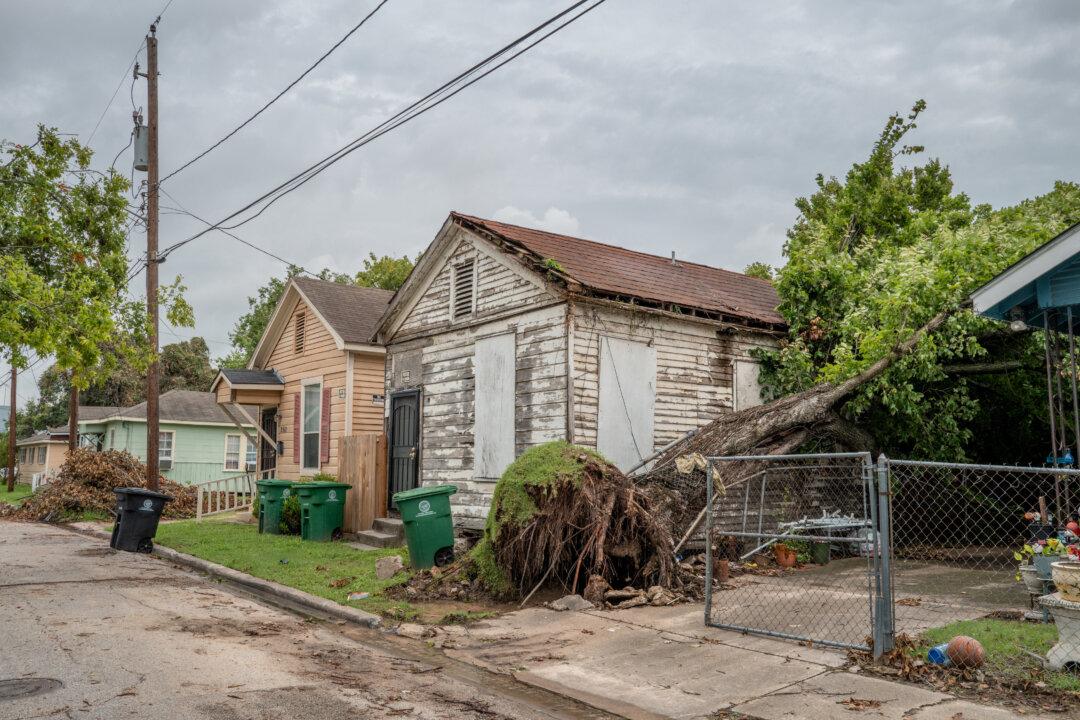American home insurers faced massive losses last year because of population growth in disaster-prone regions and other factors, according to global credit rating agency AM Best.
“[The home insurance segment] suffered a $15.2 billion underwriting loss in 2023, more than double the losses seen in the previous year,” the agency said in a July 25 statement. “The 2023 loss was also the worst this century, with $14.8 billion in losses in 2011 the next highest.”





